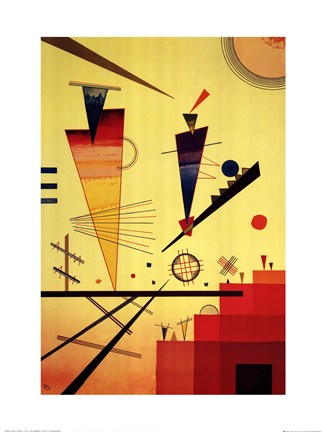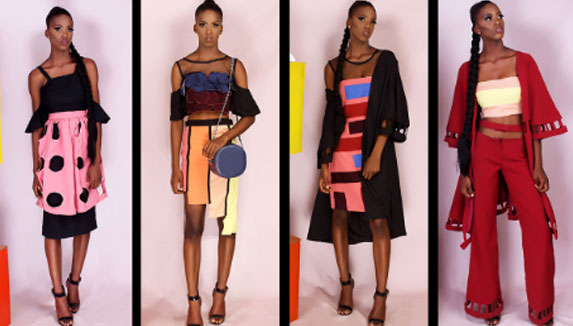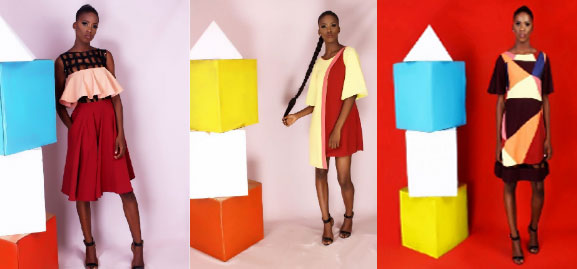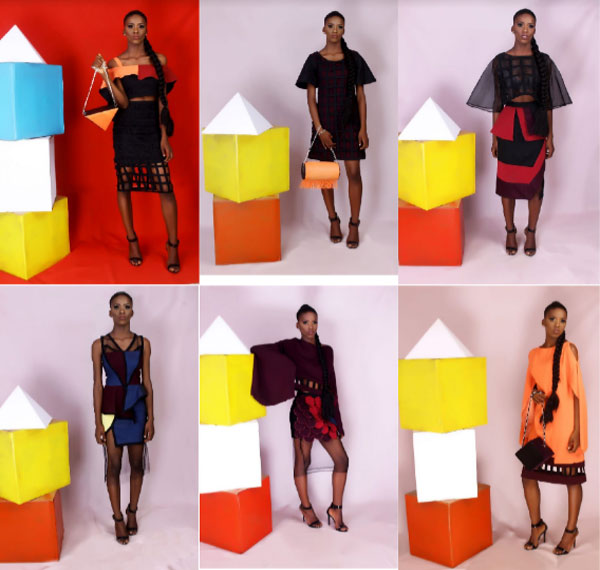|
Introduction
The year 2019 was the
100th anniversary of
the opening of the
Bauhaus, and for the
occasion the
Goethe-Institut teamed
up with the
Bauhaus-Universität
Weimar/Bauhaus Museum, the
House of World
Cultures, and various
other local and
international
organizations to
arrange an enormous
celebration. Even
leading up to the 2019
centenary, beginning in
March of that year
there were already a
range of events planned
that pointed up the
fact that the Bauhaus,
which was closed down
in 1933, had its own
diaspora: teachers,
students, as well as
the Bauhaus teachings
and aesthetic made
their way around the
world. From this
perspective, by now,
the Bauhaus is no
longer so much a
Germany-specific
phenomenon, but instead
has become a kind of
international
handshake, a way of
thinking and seeing
that we can find in
many parts of the
world. A case in point:
recently in Brno,
Czechia, I found myself
standing next to a
Bauhaus building, and
that turned one out to
be part of a larger
network of Bauhaus
buildings in the area.
Indeed, for the
Bauhaus's 100th
anniversary, events
were scheduled in
Morocco, China, Russia,
the United States,
Japan,
Russia, Brazil, India, and Nigeria.
That year,
Goethe-Institut Nigeria
in Lagos hosted a film
and symposium on Nov.
23-24. Bauhaus
structures have been
apparent in Nigeria at
least since the 1960s,
through architect Arieh
Sharon. See more about
the Bauhaus in Africa
at the link below.
*
Next, we can see a
creative hybrid of
Kandinsky's Bauhaus
work and an African
visual sensibility,
manifested in Nigerian
fashion. The following
collection is an
interpretation of his
"Structure Joyeuse" of
1926.

"Structure Joyeuse," 1926
*
Nigerian Fashion Brand CeCe Presents The Look Book For
The 'KANDINSKY' Collection

By nana
June 21, 2017
Fashion brand CeCe has launched its latest collection titled 'Kandinsky'.
The collection features the brand's interpretation of 'Structure Joyeuse'
which translates to the use of shapes and colours.

The brand draws inspiration from Wassily Wassilyevich Kandinsky, a
Russian painter and art theorist who painted one of the first recognised
purely abstract works. 'Structure Joyeuse,' one of Wassily's abstract works
in 1926, is the focus inspiration for this collection. They use a variety of
shapes, structures and colours in the collection. His works all had a
[specific] use of colour in trying to express himself, which they have
incorporated in their latest collection.

*
Read about the Bauhaus in Africa:
http://archive.diarna.org/site/detail/public/174/.
Note:
I have tried over some years to locate the designer or design team members
who created this collection; likewise "nana" who wrote the piece. I hope to
hear from them so I can credit them properly. -LTR
|